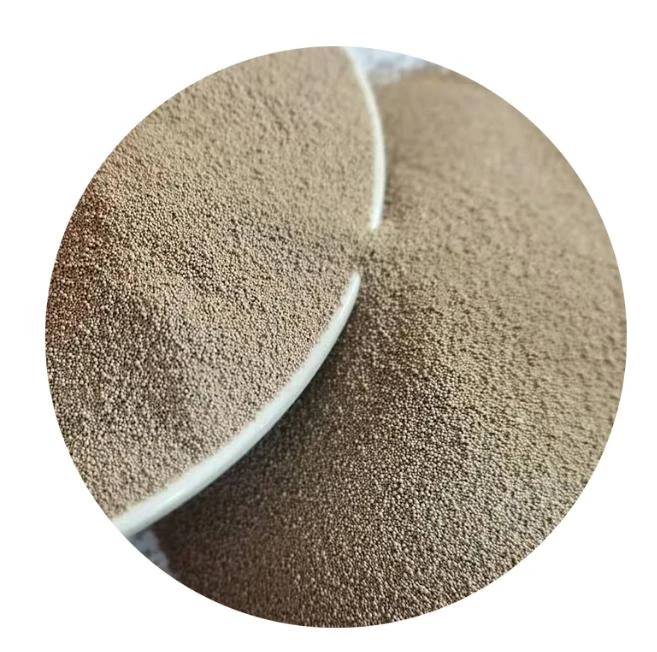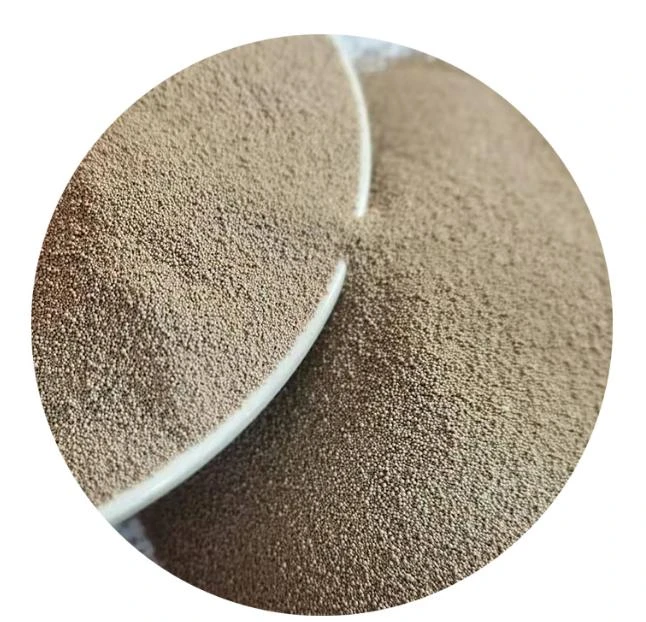

Aside from these industrial benefits, ceramic sand's contribution to sustainability cannot be overstated. Its durability means it can be reused multiple times without significant degradation, reducing waste and the demand for new raw materials. The production process of ceramic sand is also meticulously controlled to minimize environmental impact, aligning well with global initiatives aiming to reduce carbon footprints and promote sustainable development. However, leveraging ceramic sand’s full potential requires a thorough understanding and expertise in its application. It’s essential for businesses to invest in proper training and knowledge transfer, ensuring their technical teams are proficient in utilizing the product to its maximum capability. Partnering with established suppliers can also enhance a company’s operational efficiency and reliability, as these suppliers often provide comprehensive support and resources to help integrate ceramic sand into existing processes. The growing market trends indicate a continuing rise in the acceptance of ceramic sand across various industries. Its unmatched properties and versatile applications highlight the ongoing shift towards more innovative, efficient, and eco-friendly solutions. For companies aiming to maintain a competitive edge, adopting ceramic sand not only enhances product quality but also contributes positively to sustainability goals—a dual benefit that is increasingly becoming a pivotal factor in modern industrial strategies. In conclusion, ceramic sand is more than just a product; it is a testament to how industries can adapt and thrive by embracing advancements that offer robust performance and eco-conscious advantages. Harnessing the potential of ceramic sand will undoubtedly pave the way for future innovations, solidifying its role as a cornerstone material in cutting-edge industrial operations. Post time:ມ.ກ. . 09, 2025 12:21
Next:ceramic sanding
